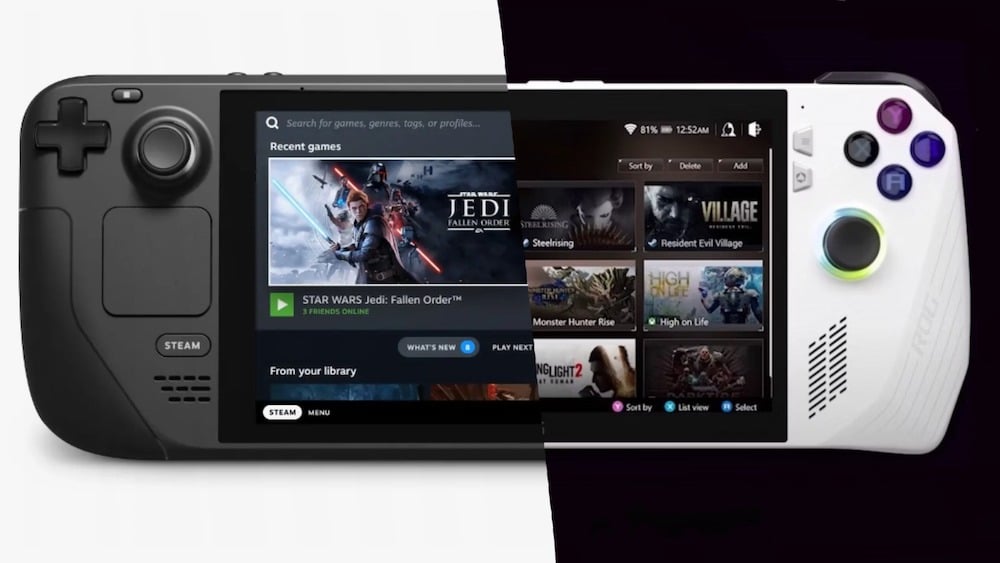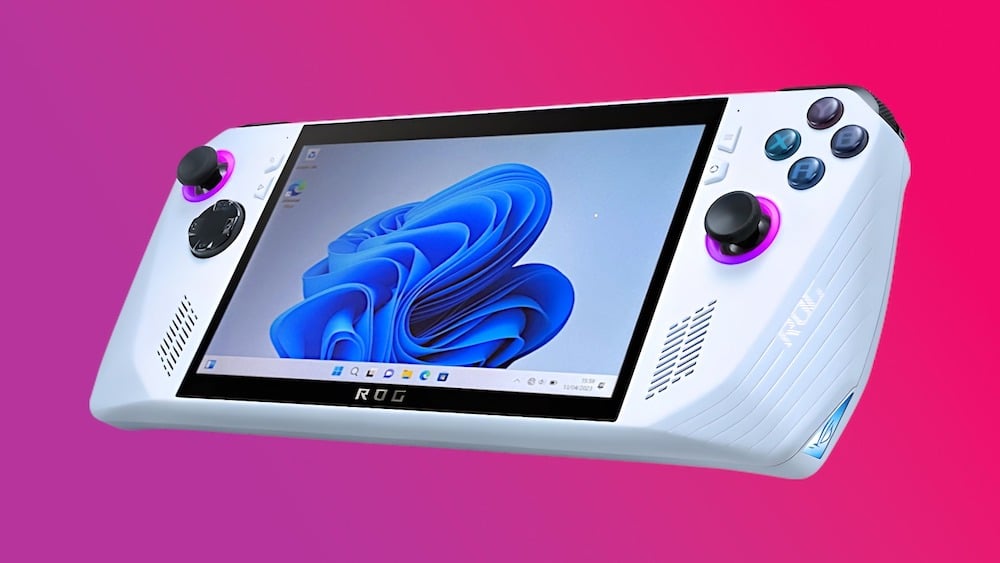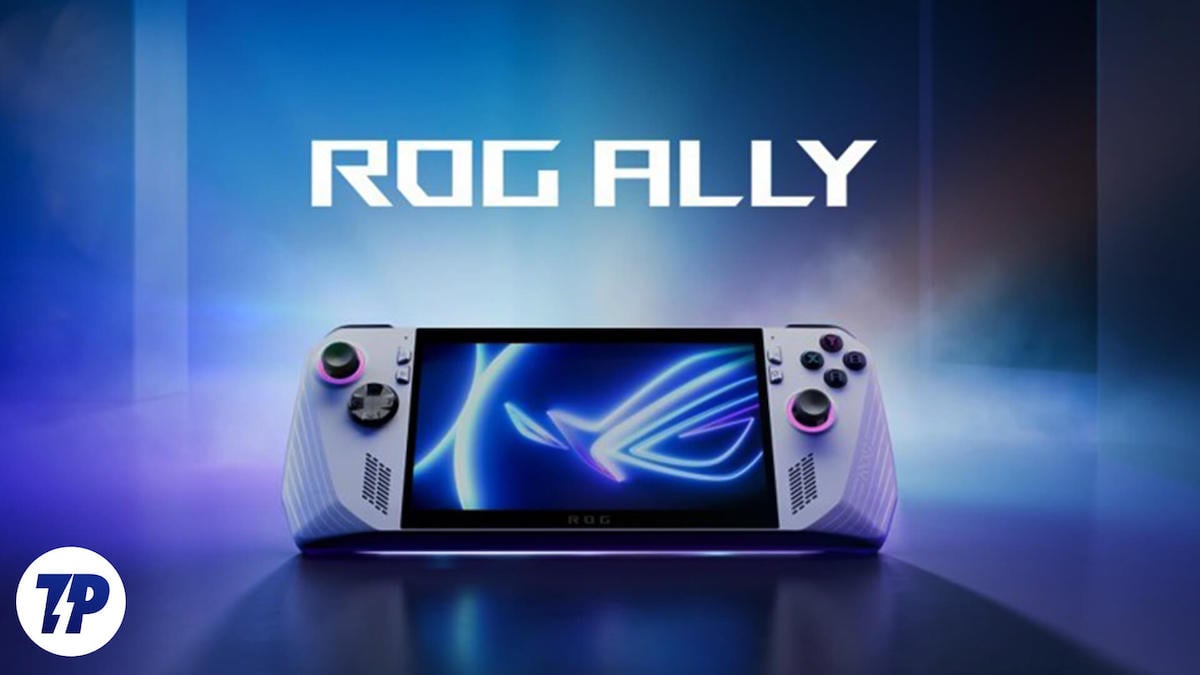In Summary
- Asus has announced the launch of its ROG Ally handheld gaming device in the Indian market.
- The ROG Ally comes with a powerful processor and plenty of storage and runs Windows 11. It aims to recreate the PC gaming experience on a handheld device at a level higher than what was delivered by the Steam Deck.
- Can the Asus ROG Ally become a gaming option in a market where mobile gaming is synonymous with smartphones and where PC gaming is associated with elaborate rigs and notebooks? We take a look at the challenges facing the device.
Asus pulled a gaming rabbit out of its ROG hat when it announced at COMPUTEX that it was launching a handheld gaming device called the ROG Ally in April. It would be running on Windows 11 and was positioned to take on the Steam Deck, which has been perhaps the most notable handheld gaming device to be running PC games.
The Ally has made its international debut and is scheduled to come to Indian shores next month – through Flipkart for Rs 69,990. This makes the ROG Ally the first high-profile handheld gaming device to be launched in India since perhaps the PS Vita almost a decade ago. It is worth pointing out that neither the Nintendo Switch nor the Steam Deck are officially available in India, although they are available from unofficial sources without a proper warranty.
Table of Contents
India: a massive gaming-on-the-go market…but mainly on smartphones
Gaming-on-the-move is a big thing in India. Be it on public transport or in cafes or colleges, you will always find a few people mashing buttons on a handheld device. As per some reports, the Indian gaming market is expected to reach a figure of USD 5 billion by 2025, with gamers numbering almost half a billion by that time. It sounds like the perfect market in which to launch a handheld gaming device, doesn’t it?
Well, there is a catch – the vast majority of those people are actually playing games on smartphones. And while high-definition games like Call of Duty have a big following in India, so do entirely casual titles like Ludo King and Candy Crush Saga. What’s more, although the premium phone segment in India is growing, most of the gaming is still happening on mid-segment and low-cost handsets.
PC and console gaming does exist in India. But its numbers are far more modest. Of these, handheld consoles and handheld PC gaming devices are an even smaller number. In fact, there is hardly any official data available on these as there are hardly any portable gaming consoles or devices from global brands in the Indian market – as we pointed out earlier, the Nintendo Switch and the Steam Deck have not even been released in the country. So the big question is: can the ASUS ROG Ally make portable PC gaming a thing in India?
An officially supported PC gaming console? Makes a difference

The answer to that question is not an easy one. In spec terms, the Asus ROG Ally has a lot going for it. It is quite a powerful machine, way more powerful than the Steam Deck. And while some might frown at its Rs 69,990 price, the fact is that it comes with a higher resolution display, a more powerful processor, and better hardware than the 512 GB version of the Steam Deck, which retails for close to the same price (USD 779, when we checked, which translates into about Rs 63,900).
What’s more, the ROG Ally runs on Windows 11, whereas the Steam Deck runs on Linux, so you can actually use the Ally literally like a handheld Windows 11 computer.
However, the biggest thing going for the ROG Ally is that it comes to India in an official capacity and will have a warranty and proper support through Asus, which is a very respected name in gaming circles, thanks to its ROG brand. This makes a huge difference to many who might otherwise hesitate before spending close to Rs 70,000 on gaming consoles without any proper support or warranty backing them.
Can Windows gaming come to a handheld device?
Being assured of a product’s quality and service, however, is only part of the gaming equation. The biggest headache the ROG Ally is likely to face is convincing users that playing PC games on the move is actually worth it. For the fact is that almost all PC gamers in the nation play games on desktops or often hefty notebooks. The concept that a Windows game can be played in a device that can be literally carried in your jacket or trouser pocket is still very new. Gaming on mobile phones was always designed to be portable. Larger displays and better speakers were seen as a move up to a better gaming experience. Even conventional handheld gaming consoles (like the Nintendo Switch, the PS Vita, and so on) come with titles that were designed to be played on smaller displays.

It is the other way around when it comes to PC gaming. Gaming on a PC has always been about people sitting in front of a large display, big speakers, complex gamepads, brightly flashing keyboards, and elaborately configured mice. Shrinking all that into a small, handheld device seems like a big come-down. We have not used the ROG Ally, but we did use a Steam Deck for a few days. While there was no doubting the convenience the device brought to our lives, letting us play at literally any place and at any time, the gaming experience on it was markedly inferior to what we had seen on a full-fledged PC or notebook. We spent a lot of time squinting and trying to read instructions and menus and spotting item and character ratings and descriptions!
The ROG Ally needs to improve on the Steam Deck’s gaming experience, especially because we can get a rather decent PC setup or a gaming notebook for Rs 69,990! How the Ally uses its control system and touchscreen for games that are designed mainly for keyboards, gamepads, and mouses (and almost all PC games are!) could well make or break its fortunes. The matter of interface is quite a challenge when you consider that many PC classics have not been able to move smoothly to the smaller displays and different interfaces of iOS, Android, and even the Nintendo Switch.
A handheld Windows computer?
What might actually end up being a bit of a bonus for the ROG Ally is the fact that it runs Windows 11 out of the box. Windows 11 is nowhere near as touch-friendly as iOS and Android are, but it is definitely a big step ahead of the stumbling touchscreen steps of Windows 7 and 8. With that processor and display, we can see folks actually looking at the ROG Ally as a combination of a PC in your pocket and a gaming console – a luxury that you do not get out of the box with the Steam Deck.
Technically, you can check mail, browse the Web, and even edit and compose documents and mess around with spreadsheets and presentations on the ROG Ally. In fact, the Ally should handle many productive tasks better than iOS and Android, simply because it runs Windows, the OS on which most of the world works.
Once again, however, a lot is going to boil down to that one keyword – experience.
Will the onscreen navigation and keyboard work smoothly? Will the apps resize properly? Will it be possible to connect other accessories to it easily? These are just some of the questions that will come to the mind of those who want the Ally as a gaming as well as computing ally. Pun intended. But these questions can only be answered once the device gets launched in the country and we get our hands on it.
The Asus ROG Ally is an attempt to deliver a big screen experience on a smaller one, and hoping that people will pay for the convenience of gaming on the move. And that too a very different sort of gaming from the type one gets on mobile phones – a more immersive and richer experience, but also a more expensive one. It is not going to be easy. But it is not impossible either.
OTT players have proved that users can be convinced to switch from a large screen to a small screen, all for the portable convenience and control that they offer to users. The ROG Ally needs to do the same for PC gaming. It just needs to be the Netflix of handheld PC gaming instead of being another Nintendo.
(Akriti Rana contributed to this article)

